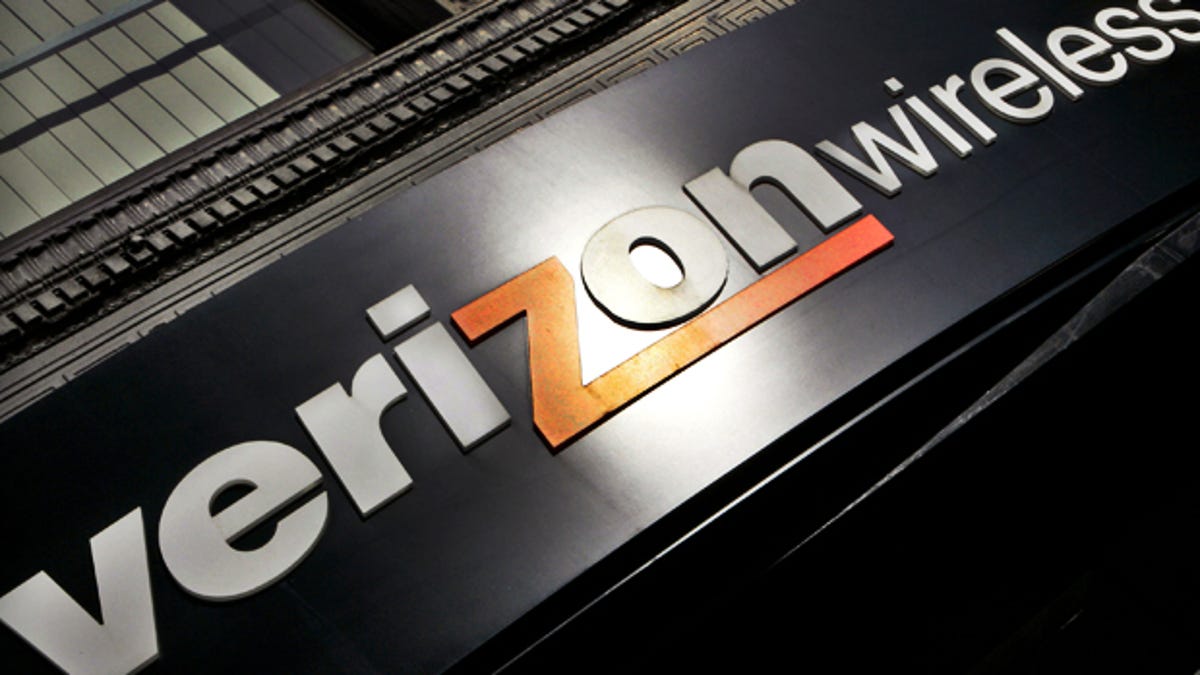Verizon to use cable spectrum for LTE starting this year
CTO Nicola Palmer tells Fierce Wireless that the company is on track to begin using the 20MHz of AWS spectrum it bought last year from cable operators to boost capacity on its 4G LTE network.

Verizon Wireless will soon put to use spectrum it bought from the cable companies last year, according to its chief technology officer, Nicola Palmer, who was interviewed by Fierce Wireless.
Palmer told the blog in a one-on-one interview published today that the company will soon complete deployment of its 4G LTE service in the nationwide 700MHz spectrum it bought in a Federal Communications Commission auction in 2008. Verizon covered about 90 percent of the U.S. with its 700MHz spectrum last year, Palmer said. And starting the middle of this year, Verizon will add capacity to the network using the Advanced Wireless Services spectrum it acquired from the cable companies, she added.
Because Verizon's existing 4G devices only support LTE in the 700MHz band, the company will need new devices that also incorporate the AWS radio band for LTE. Palmer said 4G LTE devices supporting AWS will be available in the first half of this year.
In addition to offering Verizon Wireless customers more capacity for 4G LTE services, AWS support in new devices could also make it easier for these subscribers to roam onto 4G LTE networks overseas. Currently, Verizon 4G customers can only roam onto 3G networks when traveling abroad, since no other carriers are using the 700MHz band of spectrum for their services. Even in the U.S., Verizon is the only carrier to use this band.
"AWS is our growth strategy for capacity, and that is a band that can become a roaming band," Palmer said in the interview. "In some ways band 4 is an easier lift for international players. But it really depends on the country and what you have."
Palmer also acknowledged that Verizon is considering putting additional bands in its devices that it doesn't support in order to make 4G LTE roaming possible for customers.
"In terms of out-bound traffic, the other thing that is happening is the devices are maturing," she said. "The chipsets are maturing and the amount of bands you can put in a device are increasing. That will be important for global roaming."
Last year, Verizon closed its $3.9 billion deal to buy 20MHz of AWS spectrum from SpectrumCo, a joint venture that includes cable operators Comcast, Time Warner Cable, and BrightHouse. In separate deals, it also acquired similar AWS spectrum from cable operator Cox Communications and prepaid wireless carrier Leap Wireless.
During the review process of the deal, Verizon refuted accusations by rivals that it hoards spectrum. And its quick build-out of the AWS spectrum shows that the company was not looking to simply take resources off the market. But this quick build-out is also likely due to conditions that regulators put on the deal.
In order to get regulatory approval from the FCC, Verizon had to agree to accelerate the build-out requirement on the AWS spectrum licenses. Specifically, the FCC has required Verizon to offer service to 30 percent of the people covered by its new AWS licenses within three years. And it will need to cover 70 percent of the population with services from this spectrum within seven years. With this in mind, it should come as little surprise that Verizon will begin aggressively building out in AWS starting this year.
Still, the quick build-out could also signal that Verizon wants to stay ahead of competitors in the 4G market. The carrier faces stiff competition in the next few years as its rivals AT&T, Sprint, and T-Mobile USA build their own 4G LTE networks. AT&T in particular has become a formidable competitor in 4G. Recently, AT&T's 4G LTE network beat Verizon in a speed test conducted by Root Metrics.
According to Root Metrics, AT&T had an average LTE-only download speed of 18.6 megabits per second and an average upload speed of 9Mbps. Its maximum download speed averaged 57.7Mbps, while its fastest upload speed averaged 19.6Mbps. Verizon, which took second place in the test, offered an average LTE download speed of 14.3Mbps and an average upload speed of 8.5Mbps. Its maximum speeds averaged 49.3Mbps on the downstream and 19.7Mbps on the upstream.
But Verizon still has a larger and broader LTE network than any other U.S. carrier. Verizon covers 480 markets with LTE, while AT&T has a total of 149 LTE markets. But even though coverage is essential in winning customers, so is capacity. And the new AWS spectrum Verizon is putting to use will only increase capacity for Verizon 4G customers in the future.
Correction March 14, 2013, 7:53 a.m.: A previous version of this story incorrectly characterized Verizon's network build-out. The company had 90 percent of the U.S. covered with LTE at the end of 2012. The story has been updated to reflect the change.

